
Background information
What are climate funds really good for? – the climate solutions company South Pole answered our questions
by Livia Gamper
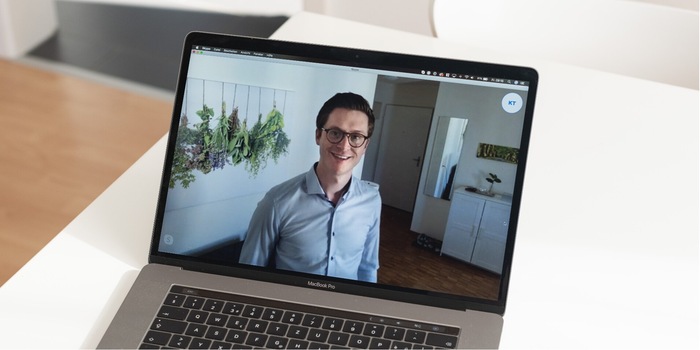
For our CO2 compensation we work together with South Pole. South Pole offers various project solutions relating to climate protection. In this interview, Sustainability Adviser Roman Bolli explains how much of the money actually goes to projects, how they are selected and what sets South Pole apart from other organisations.
The overall positive aspect of the situation is that we as a society can act decisively in the face of a crisis. We will also have to show this determination with regard to climate change. We want to support everyone who wants to do something for the climate. <p
Interesting facts about products, behind-the-scenes looks at manufacturers and deep-dives on interesting people.
Show all
Background information
by Livia Gamper

Background information
by Debora Pape

Background information
by Florian Bodoky
What exactly does a Sustainability Adviser do?
Roman Bolli, Sustainability Adviser: I work with various companies and institutions so that they can make their article on climate protection. This ranges from calculating a carbon footprint and developing climate targets and strategies to implementing and monitoring specific climate protection measures. We have developed an emissions model of shop products for Galaxus. This allows customers to offset the emissions of their purchases by investing in South Pole climate protection projects through the purchase of CO2 certificates and thus make climate-neutral purchases.
What happens to the compensation money that is paid in when the order is placed
The euro paid in is invested in climate protection projects using CO2 certificates. This allows customers to offset the greenhouse gas emissions associated with their purchases. In this example, one euro corresponds to 50 kilograms of CO2, which is avoided or removed from the atmosphere elsewhere in the world through specific measures. These projects could not even be developed without such investments. In concrete terms, customers are financing, for example, an efficient cooking stove that uses less firewood or the protection of a forest area.
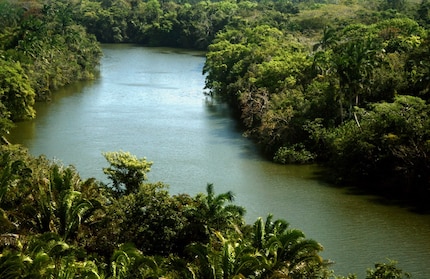
How long does it take for the money to arrive at a project?
The process is such that we have the corresponding quantity of CO2 certificates cancelled at South Pole once payment has been received by Galaxus. This means that the certificates are withdrawn from the market and can no longer be used. The so-called climate benefit, i.e. the avoidance or saving of greenhouse gases, is only attributed to one buyer at a time. Decommissioning triggers a payment to the project.
The majority of South Pole's projects are located in Africa or Asia. Why do you think it makes more sense to offset in Asia or Africa instead of investing in local projects?This primarily has to do with additionality. A climate protection project can only generate CO2 certificates if it can be proven according to recognised standards that it is dependent on external financing through such certificates. This ensures that these projects have an additional benefit for the climate and would not have taken place anyway - this would then fall under "greenwashing". In developing countries - so-called Less Developed Countries, i.e. LDCs - projects are much more dependent on financing than in Europe. In addition, projects in LDCs contribute to sustainable development overall and create added value for the local population, for example through access to work, clean drinking water or education. Another criterion is that emissions can be reduced far more cost-effectively in LDCs. In other words: more positive effects for ecosystems and the climate for the same amount of money. Ultimately, the climate doesn't care where in the world emissions are reduced. At the same time, we are increasingly developing projects in Germany and Europe to actively do something for the climate in our latitudes too.
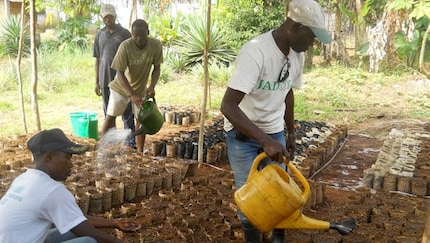
What criteria do you use to select a new project? Have you been on site yourself?
We follow a clear procedure when developing new projects. Firstly, all parties involved in the project must comply with our ethical guidelines. A new project must also have a demonstrable environmental and social benefit and be large enough to make the investment worthwhile for the planet. We are talking here about a minimum of around 10,000 tonnes of CO2 that can be saved annually by the project. As a main criterion, a new project must be able to pass the rigorous audit process to be certified under an internationally recognised CO2 standard. To do this, we must be able to prove that the project is additional, permanent and demonstrably generates the benefits it promises. I myself have not yet had the good fortune to visit a project on site. Our project teams are organised regionally to avoid unnecessary travelling. But if an opportunity should arise in Germany, it's very high on my to-do list.
Doesn't CO2 offsetting incentivise consumers in the wrong way? We should all be consuming less.
There is the slogan: Do your best, compensate the rest. That sums it up quite well. In order to achieve the Paris climate targets, we need to significantly reduce our emissions and this also means less consumption in society. But what ends up in the (digital) shopping trolley is up to the shoppers themselves. What we offer as South Pole is to become aware of the topic. When I order a laptop or a gardening tool on Galaxus today, CO2 is emitted into the atmosphere from the extraction of the raw materials to the delivery to my home. We draw attention to this. However, if the purchase is still necessary, it makes sense to invest in climate protection at the same time. So-called "climate-neutral" shopping is now possible with certified projects. There are also studies that show that e-commerce has a climate advantage over traditional forms of shopping from a certain size of supplier, as fewer consumers drive to the retailer by car, for example, and goods reach households in a more CO2-efficient way.

How effectively is the money being used? Many companies have high administrative costs. What does that look like for you?Depending on the project, around 70 to 80 per cent of the money goes directly into project activities, i.e. planting trees, operating power plants or building schools. The remainder then covers the costs for the development and certification of the project, among other things. A small portion remains with South Pole, which we use for our own administration and the development of new projects.
What sets South Pole apart from other organisations, such as myclimate?
South Pole is characterised in particular by its global network. We are now represented in 19 countries and are therefore very close to our climate protection projects. For example, we have set up local hubs in Colombia and Indonesia, from where we are constantly working on new projects. In comparison, many suppliers of carbon offsetting are not project developers but intermediaries who buy and resell certificates on the market. Furthermore, our strengths lie in the fact that, as mentioned at the beginning, we can meet practically all the needs of companies and organisations in the area of climate protection. In addition to offsetting options, we can also advise companies on effective reduction measures. We are also probably the only company that calls its employees penguins - I personally think that's pretty cool.
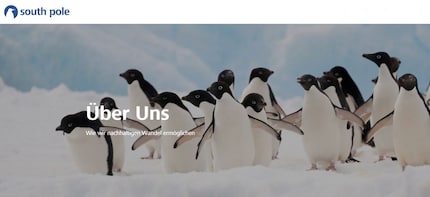
South Pole is backed by a public limited company. Can you explain why? Is this common in your industry?
There are different types of companies in our industry. South Pole itself is a profit-for-purpose company. As a private company, we can grow much faster because we can make our investments much more flexibly. Our structure therefore allows us to scale the positive impact on our climate. Since our foundation in 2006, we have reduced over 170 million tonnes of CO2, which corresponds to around 20 per cent of Germany's emissions in 2019. South Pole is almost entirely employee-owned. This also contributes to the fact that we have never lost our start-up spirit despite our growth over the last 14 years.
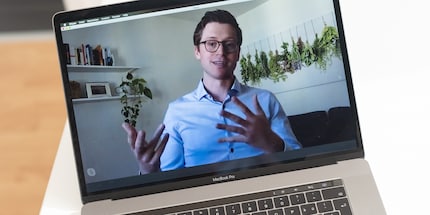
Will the coronavirus crisis have an impact on your work in the short and long term? If so, which one
? We are also working from home for the most part and are minimising direct customer contact to protect ourselves and others. However, as we are used to working internationally in a way that conserves resources as much as possible, we are still able to carry on as before for the time being. Daily conference calls with colleagues in Jakarta, London or New York are part of our daily routine anyway.
In the short term, some of our partners are of course affected by the crisis themselves. However, we are impressed by how clearly companies are continuing to speak out in favour of climate protection and pushing ahead with the measures they have announced. At the same time, we recognise that now is also a time when many companies are looking at their sustainability strategy. Corona has shown how severely global crises affect the economy. Forward-looking organisations know this: The effects of global climate change will also be serious if companies do not identify and assess their own climate risks and opportunities now.